A visit to Nawabi Lucknow!
The evening of March 9th 2013…
It was my first long distance train journey on an official visit. The moment I entered the Chandigarh railway station from where my journey would start, I went into deep nostalgia as I remembered the travels to my hometown Kerala. The familiar voice of announcers followed with their melancholy rings reminded me of my childhood days when I would be seen walking along with my parents and tightly clutching the fingers of my mother so that I don’t get carried away by the waves of the rushing crowd!
Times were different, I was now an adult but the feelings were still the same thanks to the railways announcements which haven’t changed much since the last two or three decades. And once entering the platform the voice of the prominent train engine whistles added yet another shot at my memorabilia!
Next day at early morning the train entered the state of Uttar Pradesh and made a brief stopover at a small station. A wave of patriotic excitement ran into me upon seeing the name of the station. It was on August 9, 1925 at ‘Kakori’ where a train carrying the British treasury was looted by freedom fighters Ram Prasad Bismil, Chandrasekhar Azad, Ashfaqullah Khan alongwith others. The verses of those revolutionaries started echoing in my mind as I got off the train to feel the air of the place which those great people once breathed!
‘Sarfaroshi ki tamanna ab hamare dil men hai’
‘Sarfaroshi ki tamanna ab hamare dil men hai’
‘Dekhna hai zor kitna bazuye kaatil men hai’
‘Waqt aane de bata denge tujhe aye aasman’
‘Hum abhi se kya batayen kya hamare dil men hai!’
(The desire for sacrifice is now in our hearts
We shall now see what strength there is in the boughs of the enemy
When the time comes, we shall show thee, O heaven
For why should we tell thee now, what lurks in our hearts?)
(The desire for sacrifice is now in our hearts
We shall now see what strength there is in the boughs of the enemy
When the time comes, we shall show thee, O heaven
For why should we tell thee now, what lurks in our hearts?)
The train reached Lucknow at 9.30 am around half an hour late than the scheduled arrival. I called up my colleague Muzaffar who had arrived a night ago and was waiting for me at a hotel.
I was fascinated by the architecture of the historic Lucknow station at Charbagh (built in 1923) which itself symbolized Mughal and Persian influences. Rooftops in shapes of domes reminded you of Nawab’s Mahals (castles) like the one seen in the comic series of Arabian Nights!
The Capoor hotel at Hazratganj Road was around 15-20 minutes drive from the railway station. I finally met Muzaffar at the breakfast table of the Hotel Restaurant. Again the ambience of the place got me curious as I looked at the walls surrounding the dining area. There were portraits of all Nawabs of Lucknow or the Awadh Empire of which the latter was the capital. But, there were two things which struck me hard during my observation. First, why was there a portrait of only one woman, probably a princess or queen amongst all Nawabs. She must be some one very special to be given such respect even in a male dominated monarchy of Awadh regime. Secondly, the heavy embroidery of the clothes worn by a Nawab in the portrait right next to hers. He looked more like a Kathak dancer than a king. Hence, once back in my hotel room I opened my laptop and did a Google search. My fascination grew stronger as the search results popped up on the screen. I recognized almost every Nawab I saw in the portraits of the dining hall.
Nawab Wajid Ali Shah – The last Nawab of Awadh who was thrown out of rule by the British when they annexed his kingdom in 1856. He was sent to exile in Calcutta (Kolkata) where he was forced to live on an yearly pension given by the British. There were many interesting facts surrounding his colorful life and a charming personality which I can’t wait to tell but before that I need to mention the woman who could easily be a role model or an idol for the women of India. The first wife of the Nawab better known as Begum Hazrat Mahal (Begum is the Urdu word for queen). The only queen who was as popular as the Nawabs.
Begum Hazrat Mahal was never a bequeathed royal. She had a fascinating story. The Nawab was passionate lover of Arts and his passion was greater than the boundaries of religion and caste. A devotee of Lord Krishna he was the first ever royal who became the greatest exponent and practitioner of Kathak- an ancient dance form of Hinduism and used to dress up as Lord Krishna and danced with the Gopis- young girls who were called the paramours of the Lord on every Poornima (full moon) night. Special arrangements were made and musicians and singers were invited from far off lands to play in the court of the Nawab! Young beautiful girls of the kingdom whom the Nawab personally chose and those who succeeded in the auditions were bought from their parents and taken away to the royal residence of the Nawab! The girls were then trained in Kathak by the efficient dance teachers of the court and were made to perform as Gopis along with the Nawab dressed as Lord Krishna in the royal dance night! The ones who performed exceptionally well and impressed the Nawab were bestowed with ‘beauty titles’ and one such title was ‘Hazrat Mahal’ given to a girl whose beauty and dance captivated the Nawab so much that he fell in love with her and that was how she became his first Begum!
In 1856 when the British annexed the Kingdom of Nawab, he was arrested and sent to exile but Begum Hazrat Mahal fought back valiantly in the Great battle of 1857 and drove the British away from Lucknow and retained the kingdom placing her son Birjis Qadir as the Nawab.
Well I continue with the first day of my visit to Lucknow. I and my colleague Muzaffar after supervising the project work at the new outlet of our company went for Lunch at the Saharaganj Mall where he insisted me to taste the famous delicacy of the place called
The Tunday kebab!
The Tunday kebab!
The mall was a far cry from the ancient demographics of the rest of the city. It was the face of the new India or the new Lucknow known as the city where average youngsters preferred Government jobs or joined politics phenomenally inspired by the lal batti (red beacon) vehicles of the babus (bureaucrats) and political bigwigs!
 |
| Saharaganj Mall |
Our store was located opposite to the hotel where we had put up right along the historical Hazratganj Road which was called the Queen’s way by the British during their rule. Just like it sounds the road was exclusively used by the British and their Queen Victoria for her royal march processions across the city!
The early morning view of Hazratganj Road (Queen’s Way)
Even after 200 years the road still bears the signs of the Britannia Empire with its Victorian street lights and fountains and gardens. Every evening the place would be lit up and the British bureaucrats and army officers would be seen strolling in the area along with their wives. The place looks very much the same even today with its luster attracting all the people visiting the place
 |
| An evening view of the Queen's road |
 |
| The market famous for Chikan Sarees |
 |
| The clock tower above a building and the flanking Victorian street lights symbolic of the British Architecture |
The Victorian Lamps were a significant feature of the Queen Victoria's era as they were the main sources of lighting the streets maintained by the British. The Queen's way was no exception with its roadsides lit by the beautifully shaped lamps which were lightened by gas.
But, lighting them was a tedious task as there were no automated ignition systems back then. Hence a lamplighter armed with a lighter and ladder would start shortly before dusk and light up the street lights pole by pole. Each pole had a horizontal bar where he would rest his ladder and then climb up to ignite the lamp. Every lamplighter was allotted a street to light and the process would take around an hour.
15 March 2013
The last two days I saw my return tickets to Chandigarh cancelled due to various reasons. But today I felt like my time was over in this place as I finally got my tickets and re-scheduled my departure after consent of all my seniors. The merchandise was properly displayed and the only part remaining was the beautification and some minor project snags. Hence by evening as our work finished I left for the hotel along with my colleague and as the rickshaw puller pulled the three-wheeler away from our workplace, passing through the nearby church I felt a strange guilt of having missed visiting the 100 year old place of worship. The series of events that happened next were something I could never forget!
First my colleague had a stop over to satiate his urge of smoking. Then the rickshaw puller took us through a long route as we were caught in a procession. Then the battery of my cell phone died which had the PNR no. and seat no., hence I had to plug it on at the hotel room for charging and wait further. Time was ticking and it was already 10 by then. To make things worse upon my exit from the hotel the lift went slow and stopped many times and finally even after I made it by 10.30, the confusions which prevailed did not stop. There are two stations in Lucknow and the train which I assumed to depart at 10.45 was the one starting from Lucknow junction while the train of which I had to board was from main Lucknow station scheduled at 10.30pm. I had switched off my cell phone to save the battery and didn’t even check railway sms for the timing detail. The result was right in front of my eyes.
I missed the train for the first time in my life!
I stood there at the station helplessly watching the train vanish from my eyesight. I started to slow down my breathing and relax a bit. There was a vacant bench nearby and I sat there to calm myself. As I took a deep breath I felt better and began thinking on the events that occurred. I felt somehow that my intuition while passing through the church I longed to visit had a major role to play in what had happened! I came to a conclusion that I must visit the church anyhow otherwise it will never let me go. Sometimes some things happen which are inexplicable and way beyond our control and maybe this was happening to me!
The evening of March 16, I asked my colleagues to wait and went inside the church alone. I have no words to express how peaceful I felt.
I don’t know whether I will visit Lucknow ever again but the memories which it gave me will surely last forever and give me sweet memories whenever I think of it…
‘Lucknow- the city of Nawabs!’





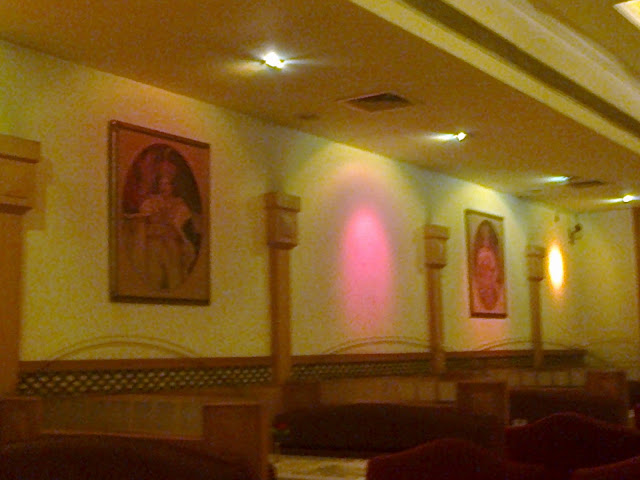








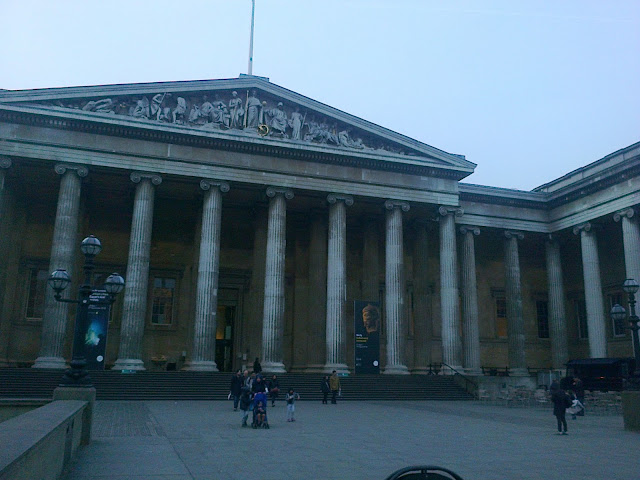
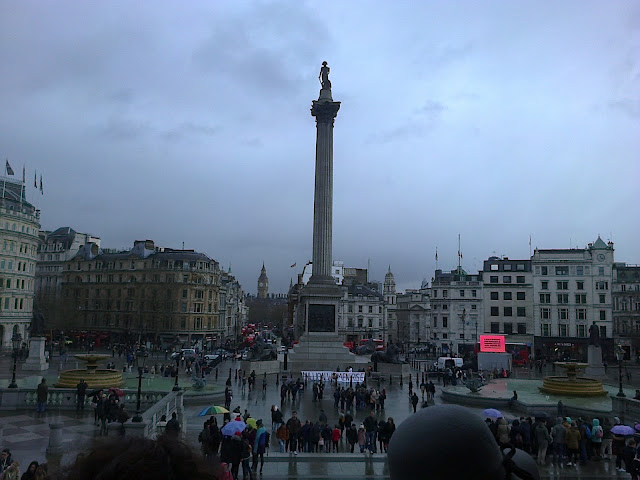


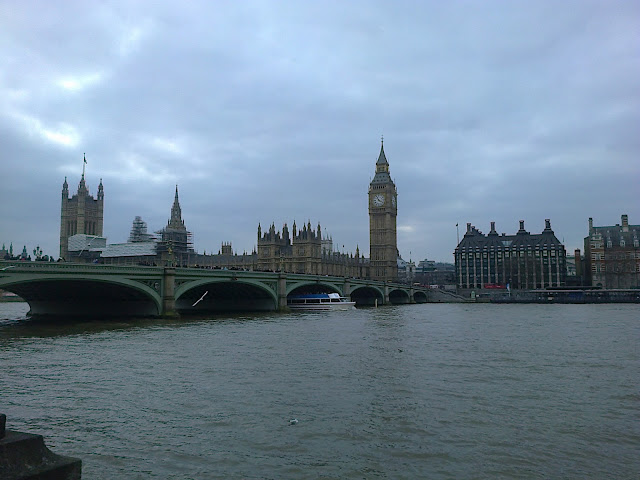


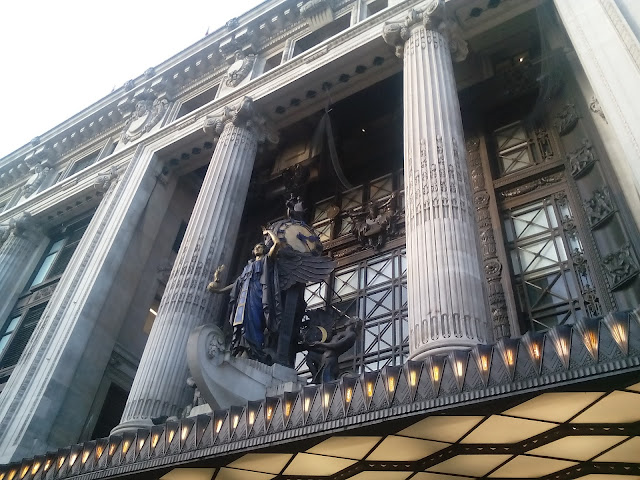
dance
ReplyDelete